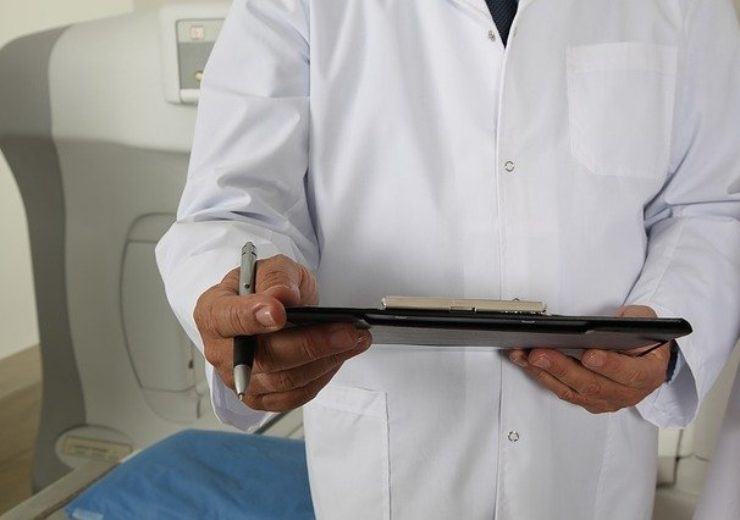The drug-device combination works by polarising the drug, dubbed 129Xenon, enabling functional, regional and quantitative imaging of the lungs using MRI

Polarean Imaging announces positive results from Phase III clinical trials on its drug-device combination (Credit: Pixabay/valelopardo)
US-based medical imaging technology firm Polarean Imaging has unveiled positive results from two Phase III clinical trials on its drug-device combination.
Polarean said that its drug-device combination has been designed to use hyperpolarised 129Xenon gas magnetic resonance imaging (MRI) for visualising and measuring the regional functioning of lungs.
The drug-device combination works by polarising the drug, 129Xenon, enabling functional, regional and quantitative imaging of the lungs using MRI, and avoiding the use of ionizing radiation.
129Xenon is delivered as an inhaled gas, through a 10-second breath-hold procedure
The company has conducted the two clinical trials as multi-centre, randomized, open-label studies to compare MRI with 129Xenon gas, polarised to 133Xenon scintigraphy.
The device has been tested in two individual trials, for measuring regional pulmonary function in patients for possible lung resection surgery, and possible lung transplant surgery, respectively.
Both clinical trials have reached their primary endpoints within the defined equivalence margin when compared to the FDA approved reference standard, 133Xenon scintigraphy imaging.
Polarean intends to use the data from the clinical trials to file a pre-new drug application (NDA) with the US Food and Drug Administration (FDA), followed by the NDA submission for its drug-device combination, which is expected in third quarter 2020.
Polarean chief executive officer Richard Hullihen said: “The positive results of these clinical trials validate our belief that Polarean’s technology allows clinicians to visualize aspects of lung function, which have never before been visible by MRI, both safely and quantitatively.
“Given the limitations of existing methods to diagnose and monitor lung disease, we see a significant unmet need for non-invasive, quantitative and cost-effective image-based diagnosis technology without exposing patients to ionizing radiation.
“We believe that our technology has the potential to overcome these limitations and we look forward to using data from the clinical trials to support our New Drug Application.”
